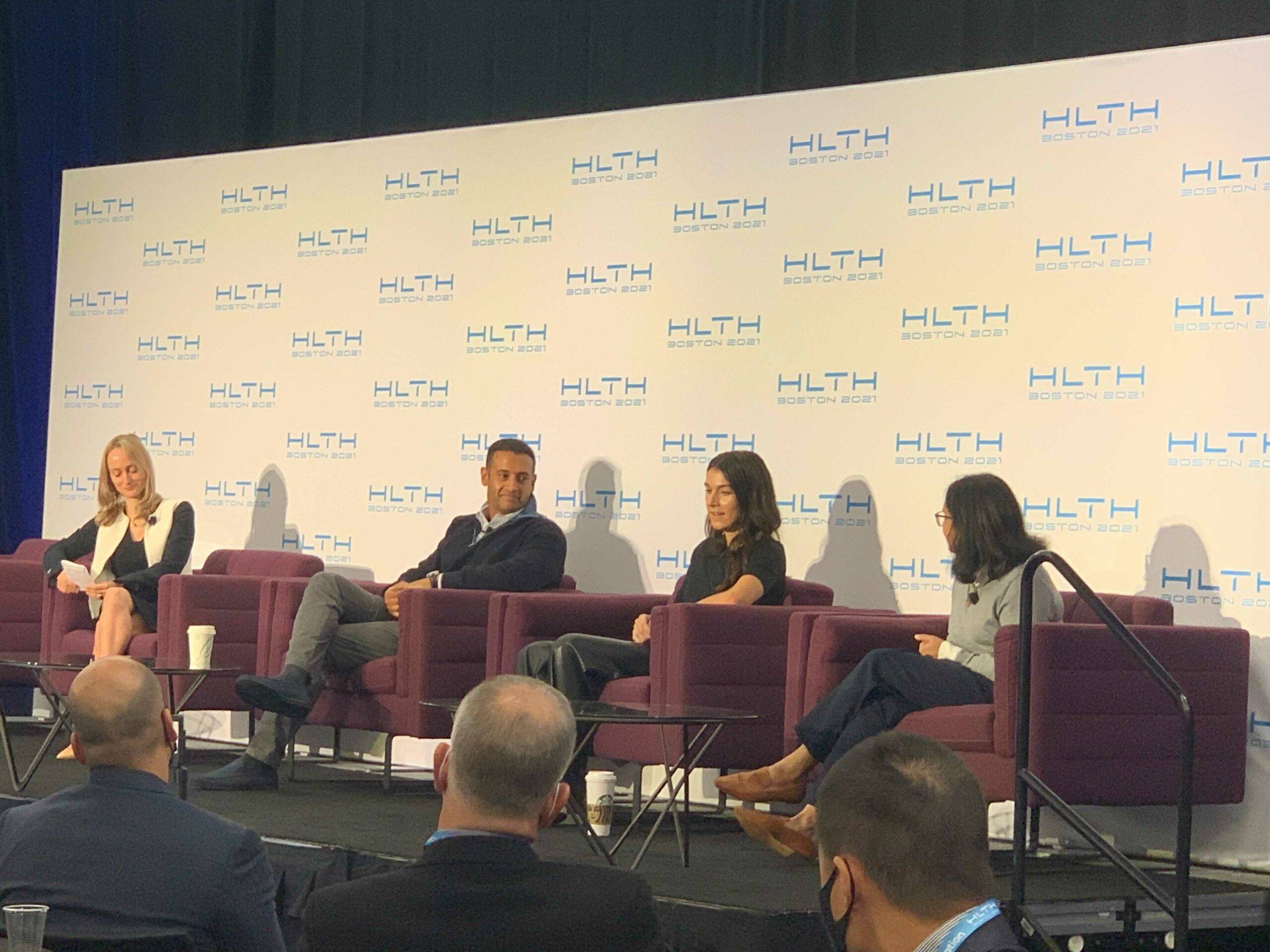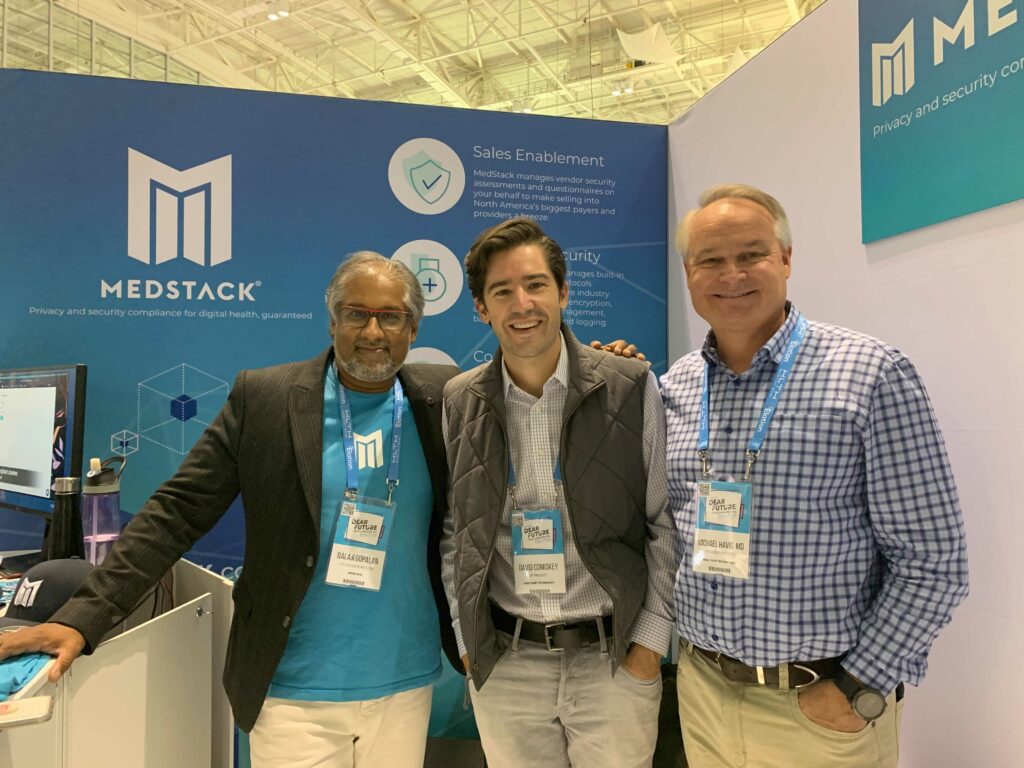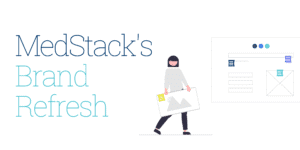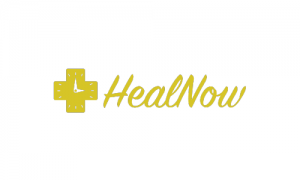For many of its 6,000 attendees, including ourselves, HLTH 2021 marked the return of in-person conferences after 18 months.
The hallways were buzzing with connection, engagement, and excitement, with a renewed focus on the importance and potential of digital health.

From Big Tech to individual clinicians, we thrived off of the multidisciplinary conversations between various stakeholders within the ecosystem.
Here’s a look at some of our biggest takeaways from the event.
Virtual Care is Here to Stay
It was clear from a review of both who was present at the event and the discussions and debates taking place that the discourse has moved from how to drive adoption of virtual care to how to support its rapid scale and integration.
For many, the COVID-19 pandemic has accelerated the adoption of decentralized and digital data-driven care and the opening of geographical borders.
Processes for researchers, providers, care practitioners, patients, families and payers, all once reliant on paper, in-person interaction and manual input, are now being digitally reinvented at an aggressive space.
This transformation covers, to cite material examples from exhibitors we spoke to, care beginning from pre-natal and maternal health all the way to senior care and directive planning.
The prevalence of digital health will continue long past the COVID-19 pandemic, with many practices planning on offering options for at home care.
Kate Ryder, founder of Maven, further emphasized this point by highlighting that for many patients, care begins at home with online research and what they can find online prior to them even seeing a physician.
Patient Engagement is Key
It should come as no surprise that finding ways to positively influence the social determinants of health (SDOH) was a running theme at this year’s event.
One factor in this that many panelists and attendees highlighted is the choice of demographics involved in product development of digital health solutions to ensure a more diverse, balanced data set.
Selling a product story successfully to investors, as well as payers and providers, must include an angle that demonstrates an understanding of how to effectively engage patients and other stakeholders.

The Importance of Diversity
To provide the best possible care for all patients and to help minimize disparities, our industry needs to acknowledge and recognize the differences among varying populations.
The healthcare industry must be ready to meet the distinct needs of multiple races, ages, genders, ethnicities, and orientations, and companies must commit to diverse hiring practices in order to effectively understand and serve all of these populations equally.
Walmart presented an excellent example of their approach to this: Not only are diverse hiring practices built into their company, but many of their locations are set in medically underserved communities and play a major role in access.
We’ve returned from our trip to HLTH more energized than ever, grateful for the diversity of thought provided and the opportunity to have been a part of so many hard-hitting and emotional discussions.
——
Where are we headed next? Follow us on LinkedIn or Twitter to stay up-to-date.





